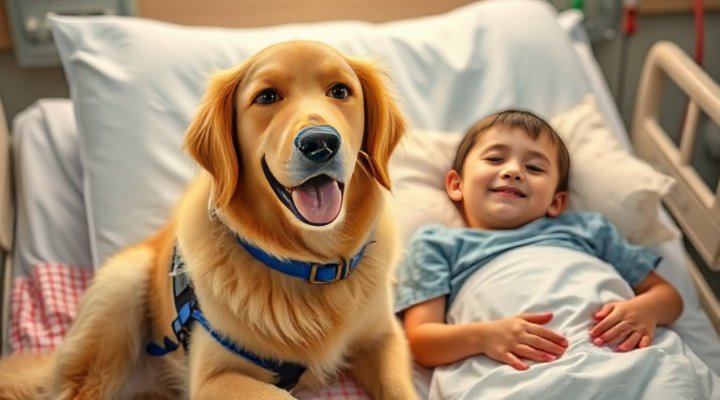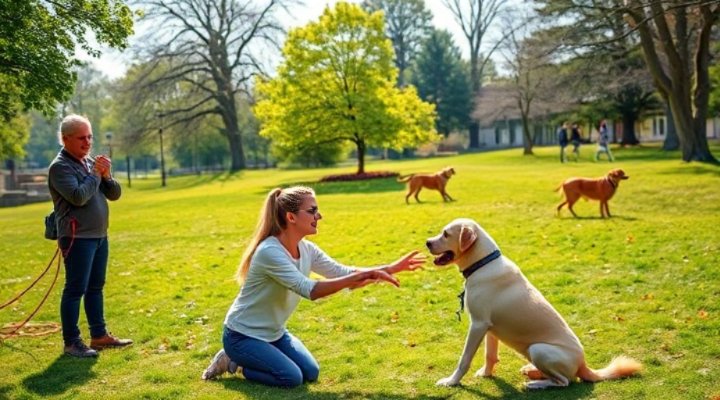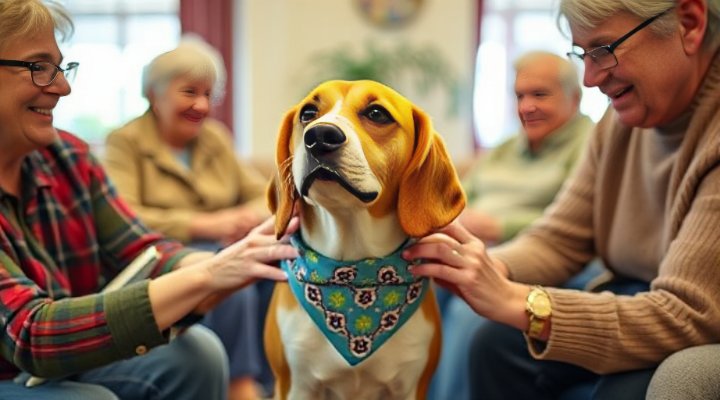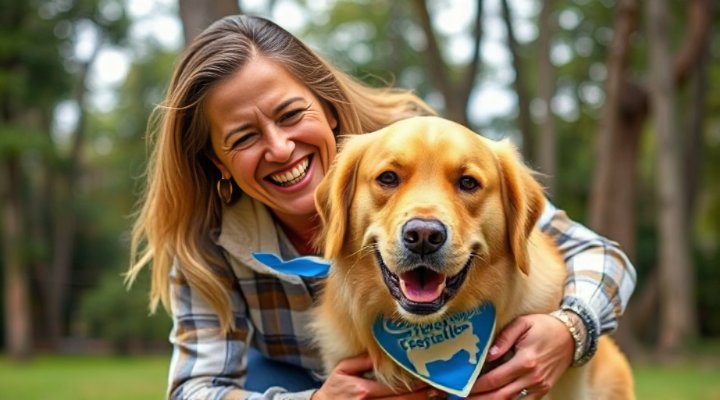Therapy dog training is about more than just teaching your dog to behave – it’s about creating a special bond that allows your furry friend to bring comfort to those who need it most. Whether you’re considering how to train a therapy dog for the first time or looking to refine your existing skills, this guide will walk you through every step of the process.

The Foundations of Therapy Dog Training
Before your dog can become a therapy superstar, they need to master basic obedience. This includes commands like sit, stay, come, and leave it. These fundamentals are crucial because therapy dogs often work in distracting environments. For example, a hospital might have rolling carts, beeping machines, and lots of unfamiliar people.
I remember when I first started training my Labrador, Max, for therapy work. We spent months perfecting his basic obedience before even thinking about certification. The patience paid off when I saw him calmly ignoring dropped food in a nursing home – a skill that’s essential for therapy dogs!

Socialization: The Key to a Successful Therapy Dog
Therapy dog training requires extensive socialization. Your dog needs to be comfortable with all types of people, environments, and unexpected situations. This means exposing them to wheelchairs, walkers, loud noises, and crowds gradually and positively.
Above all, most importantly, your dog should enjoy these interactions. Therapy work should never be forced. If your dog seems stressed or uncomfortable, it’s okay to take a step back. Remember, the goal is to create a happy helper, not a stressed-out pup.
Advanced Therapy Dog Skills
Once your dog has mastered basic obedience and socialization, you can start working on therapy-specific skills. These might include:
- Gentle greeting behaviors (no jumping!)
- Remaining calm during hugs or sudden movements
- Walking nicely on a loose leash in crowded spaces
- Ignoring food and medical equipment
For those looking for more structured guidance, consider checking out our article on how to train your pet to become a certified therapy dog.

The Certification Process
While requirements vary by organization, most therapy dog certifications involve:
- Basic obedience testing
- Temperament evaluation
- Simulated therapy visits
- Health clearance from your vet
Subsequently, after certification, you’ll typically need to complete a certain number of supervised visits before working independently. The therapy animal certification guide on our site provides more detailed information about this process.

Making a Difference Together
There’s nothing quite like seeing the smile on someone’s face when your therapy dog walks into the room. Whether it’s a child learning to read, a hospital patient missing their own pet, or a senior citizen craving companionship, therapy dogs bring immeasurable joy.
In conclusion, therapy dog training is a journey that requires patience, consistency, and lots of love. But the rewards – for both you and your dog – are absolutely worth it. As you embark on this adventure, remember that every small step forward is progress. Before you know it, you’ll have a certified happy helper ready to spread comfort wherever they go!

Related Keywords: therapy dog certification, emotional support animal training, service dog vs therapy dog, best breeds for therapy dogs, therapy dog organizations, therapy dog test, therapy dog vest, therapy dog requirements

